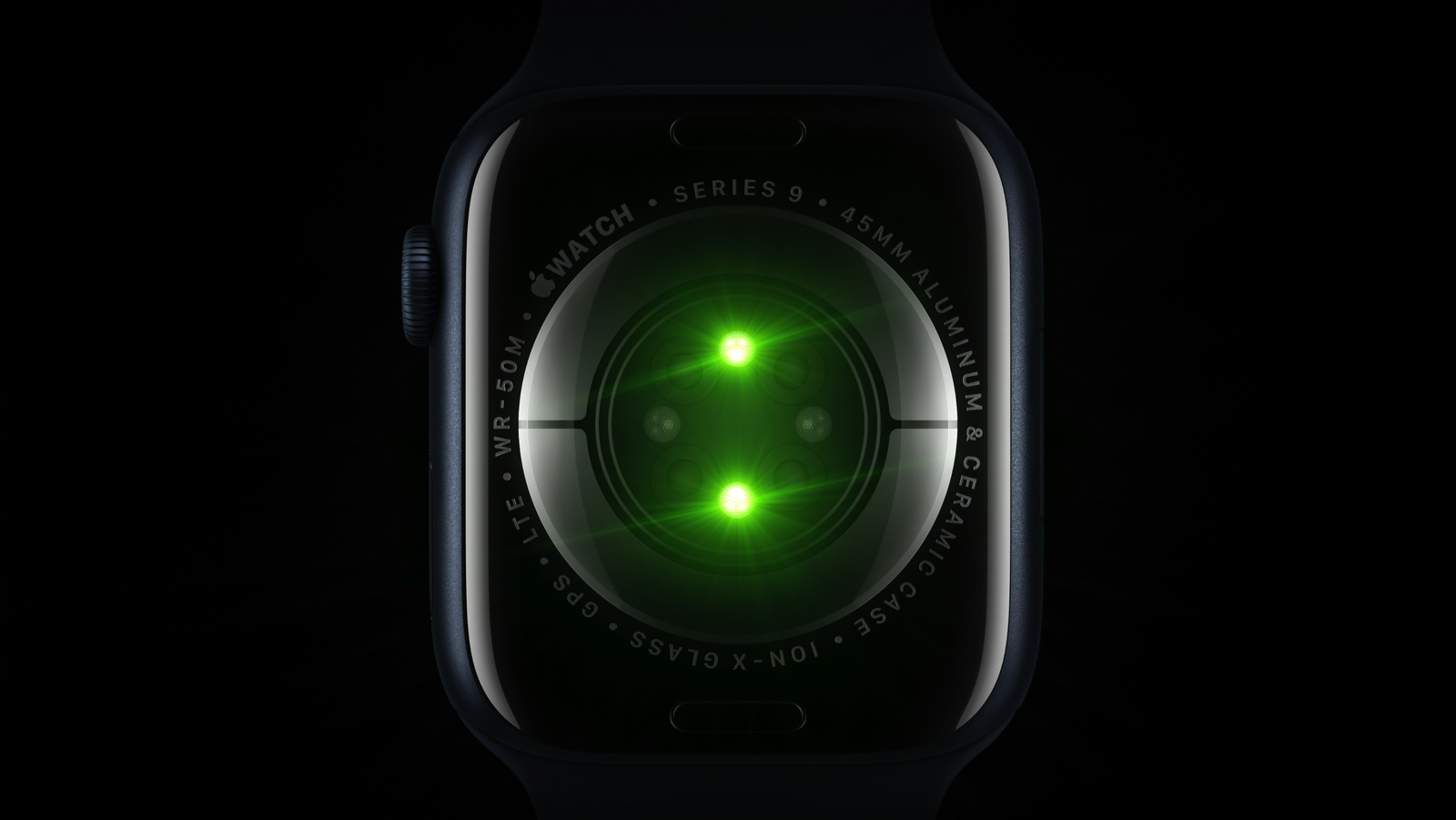While VO2 Max is traditionally measured through lab tests, Apple Watch models Series 3 and later provide convenient estimations through its built-in sensors and software. Here’s what you should know about VO2 Max.
VO2 max measures how much “oxygen fuel” your body can use during exercise. The higher your VO2 max, the better your engine (heart and lungs) work together to deliver oxygen to your muscles, meaning you can exercise harder and longer. It’s not just one thing affecting this “engine”; everything from your lungs to your muscles plays a role, making it a great overall indicator of your cardiovascular health.

To track your VO2 max on Apple Watch, simply utilize the Outdoor Walk, Outdoor Run, or Hiking workout options. During these activities, the watch leverages its heart rate and motion sensors to gauge your oxygen uptake and efficiency. Remember, for an accurate estimation, sustain these workouts for at least 20 minutes, pushing yourself at a brisk pace.
Once completed, your Apple Watch displays your estimated VO2 max in the Health app. But don’t just focus on the number itself. Apple provides interpretive data, categorizing your VO2 max as Low, Below Average, Average, Above Average, or High based on your age and sex. This context helps you understand where you stand relative to others with similar demographics.

The real value lies in tracking your VO2 max over time. Apple Watch logs your progress, allowing you to observe trends and assess the impact of your fitness efforts. Witnessing improvement in your VO2 max signifies enhanced cardiovascular health and endurance, motivating you to maintain or elevate your training intensity.
It’s crucial to remember that Apple Watch’s VO2 max estimation is not a definitive measurement. Individual factors like genetics, altitude, and even recent illness can influence readings. While valuable for tracking progress, it shouldn’t replace clinical assessments, especially if you have underlying health conditions.